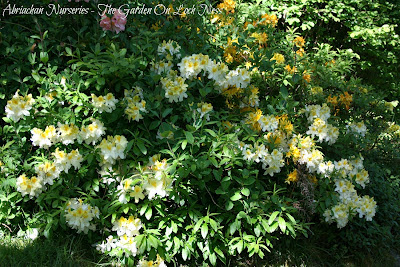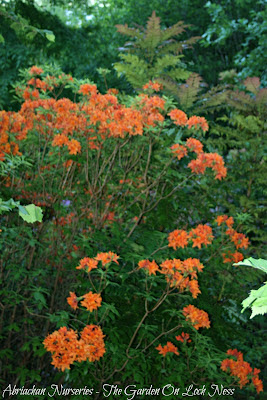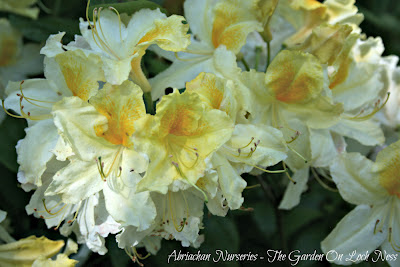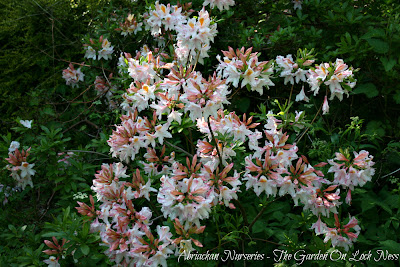If you know Christchurch as we do, it is very sad just now to see the cleared sites and demolition work that followed the Earthquakes earlier this year. However, walk down to Hagley Park, their botanic gardens and it is thriving.
In Mid December we walked into their rose garden and I was blown away. I am still seeing images of the garden in my mind's eye.
Usually, I walk into a rose garden and what do I see? Well it can be lovely , but all too often the garden can be dry soil, defoliation, spotty yellow leaves far too much bare earth
Not an enthusiast then?? Well all changed now. Christchurch showed me how it can be done,
Large bed of "Many Happy Returns" white, pink bud.
It was the white roses that made the most impact. Fantastic.
Molly Kirby...a sizzling orange, clean shiny foliage.
A bright yellow bed of " Casino"
The red voluptuous "Ingrid Bergman"
The roses were all looking wonderful. Why?
1. Well New Zealand has a kinder climate. Christchurch has milder winters and hotter summers that we have in UK, and certainly more than we have in Scotland.
And Roses love warmth. We sometimes forget that and wonder why we lose rose bushes, particularly Hybrid teas in a bad winter. At Abriachan we only grown shrub roses and climbers as others just can't take the cold.
2. The roses looked well pruned and well fed. Like all plants that you want to see bloom on the new growth you have to ensure they are well fed. Blood fish and bone or dehydrated Chicken manure are my favourites, followed by tomato feed to get lots of blooms.
3. New Zealand breeds many of its own roses and they were well chosen, but there were also very good looking David Austin varieties and old well known varieties such as "Compassion" and "Iceberg" They looked great so I believe they are using good clean material for propagation.
Just wonderful. No wonder they call Christchurch the Garden City
In Mid December we walked into their rose garden and I was blown away. I am still seeing images of the garden in my mind's eye.
Usually, I walk into a rose garden and what do I see? Well it can be lovely , but all too often the garden can be dry soil, defoliation, spotty yellow leaves far too much bare earth
Not an enthusiast then?? Well all changed now. Christchurch showed me how it can be done,
Look at these arches, look at these red reds. Let me share some photographs with you.
What you don't get in a photograph, is the shimmering sunshine and the scented air around some of the rose beds...just lovely| Many Happy Returns |
It was the white roses that made the most impact. Fantastic.
| Molly Kirby |
A bright yellow bed of " Casino"
| Casino. |
| Ingrid Bergman |
1. Well New Zealand has a kinder climate. Christchurch has milder winters and hotter summers that we have in UK, and certainly more than we have in Scotland.
And Roses love warmth. We sometimes forget that and wonder why we lose rose bushes, particularly Hybrid teas in a bad winter. At Abriachan we only grown shrub roses and climbers as others just can't take the cold.
2. The roses looked well pruned and well fed. Like all plants that you want to see bloom on the new growth you have to ensure they are well fed. Blood fish and bone or dehydrated Chicken manure are my favourites, followed by tomato feed to get lots of blooms.
| Nancy Hayward |
Just wonderful. No wonder they call Christchurch the Garden City

















































.jpg)



.jpg)
.jpg)


+Azalea+persil+(white)+(with+signature).jpg)
.jpg)
.jpg)
.jpg)
.jpg)
.jpg)





.jpg)
+(with+signature).jpg)
.jpg)
+(with+signature).jpg)
.jpg)

.jpg)
.jpg)
.jpg)
.jpg)
.jpg)
.jpg)
.jpg)
.jpg)


.jpg)

